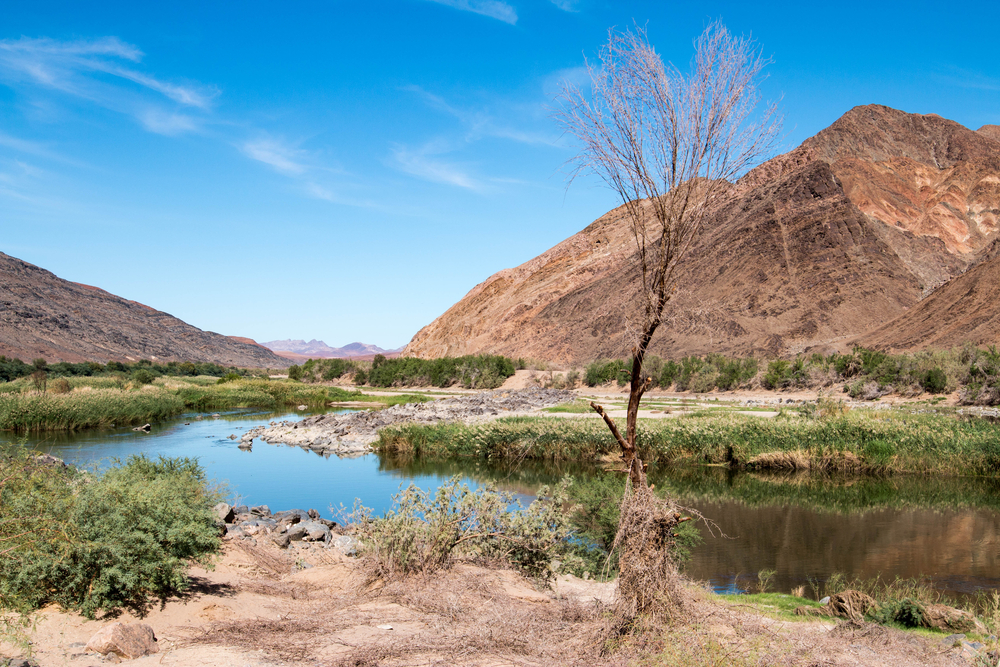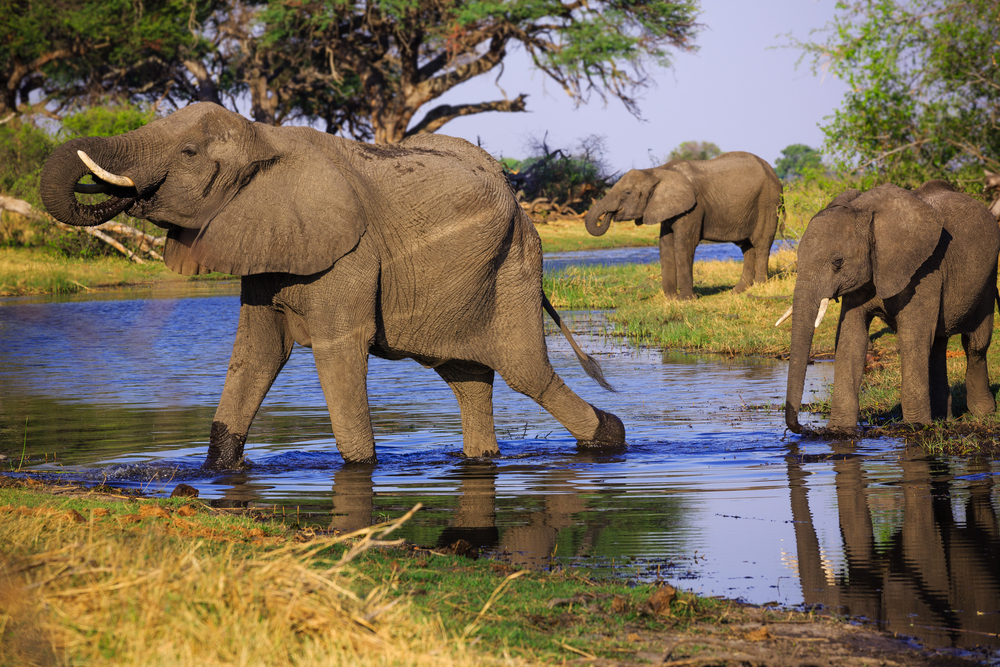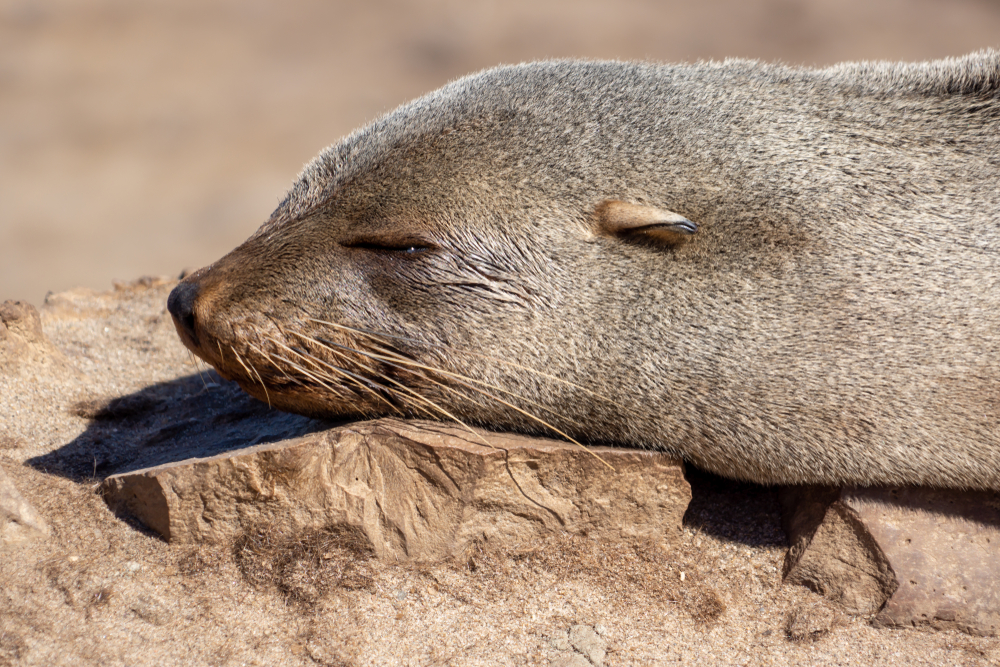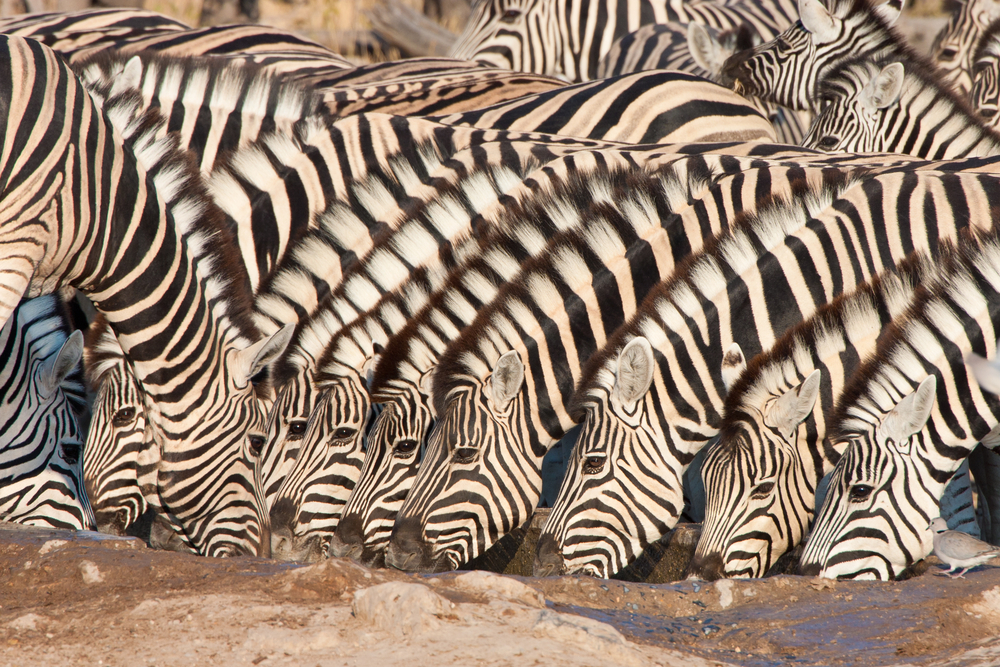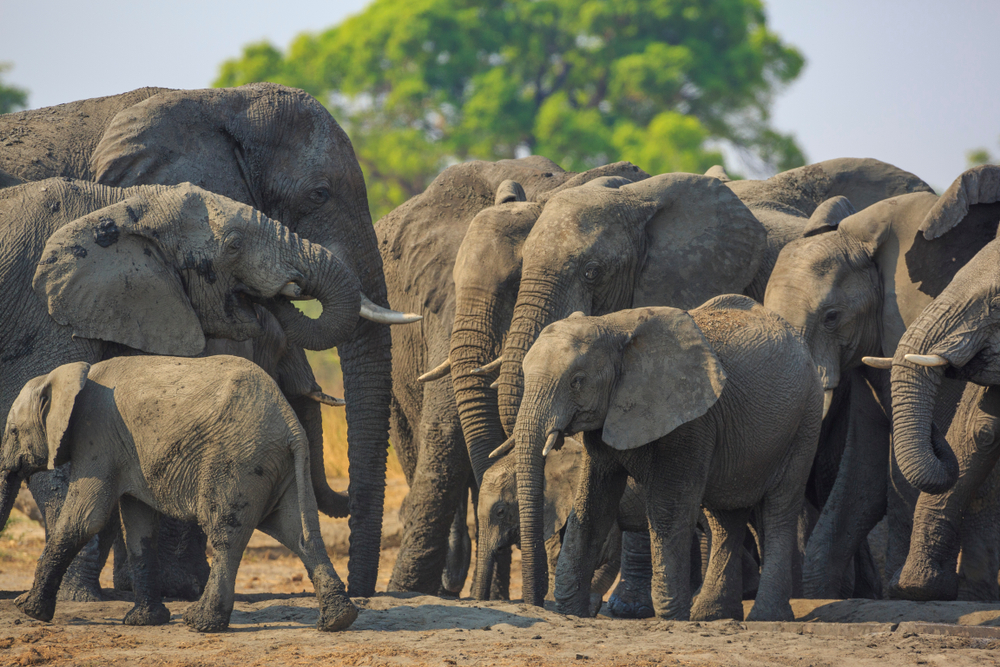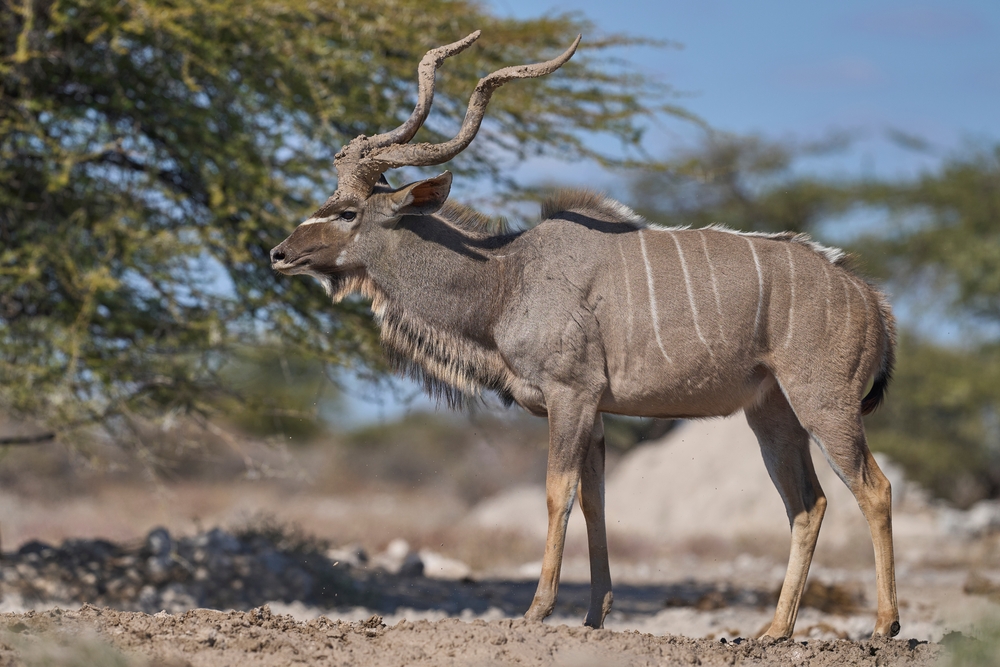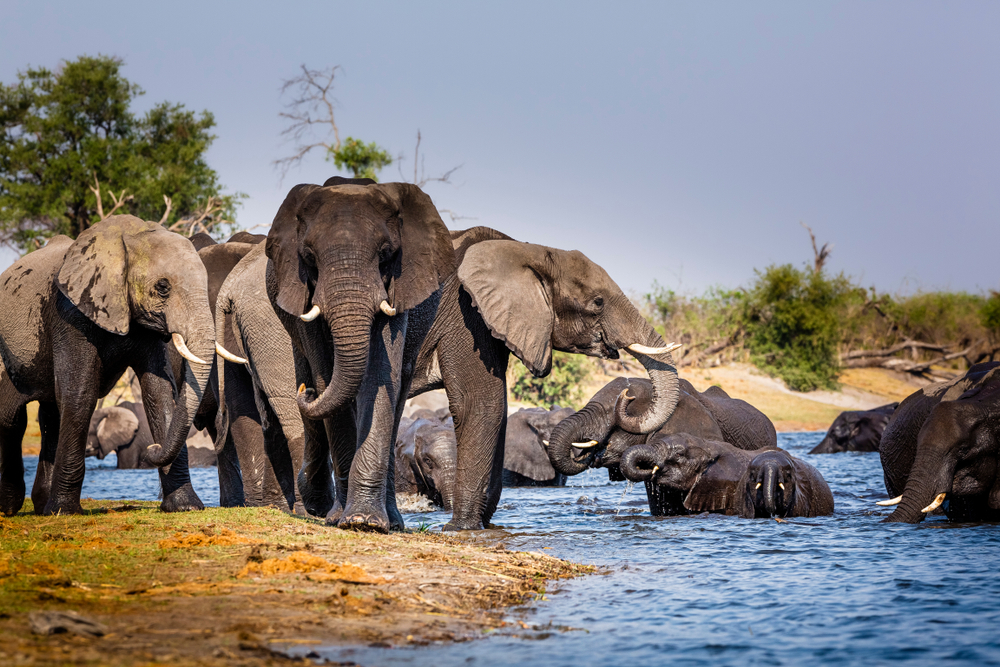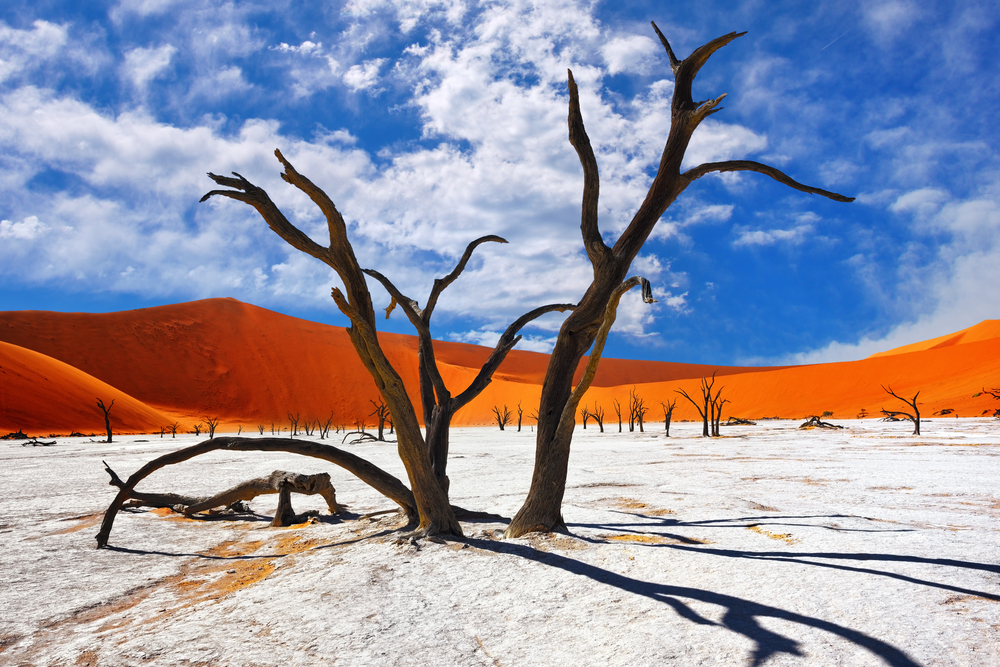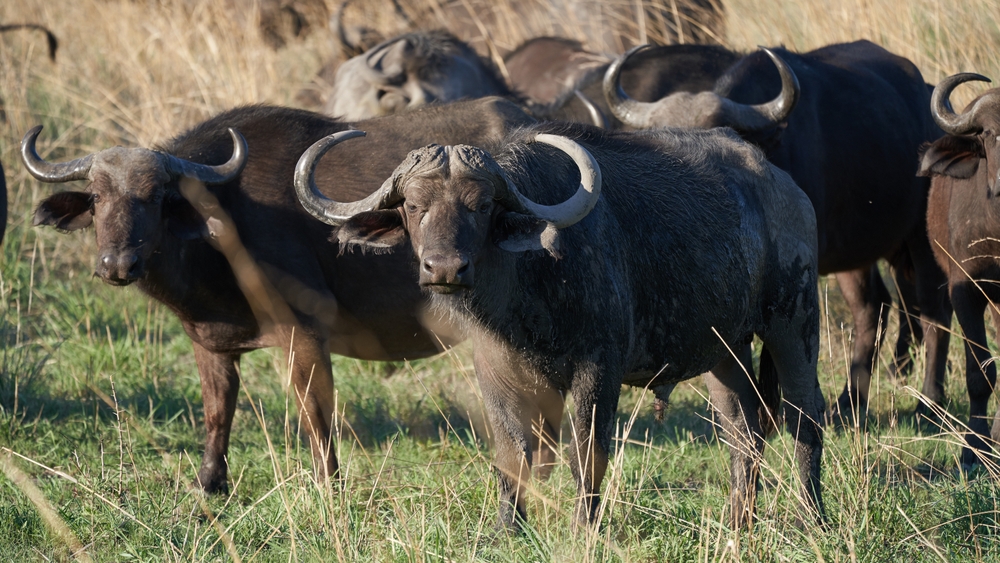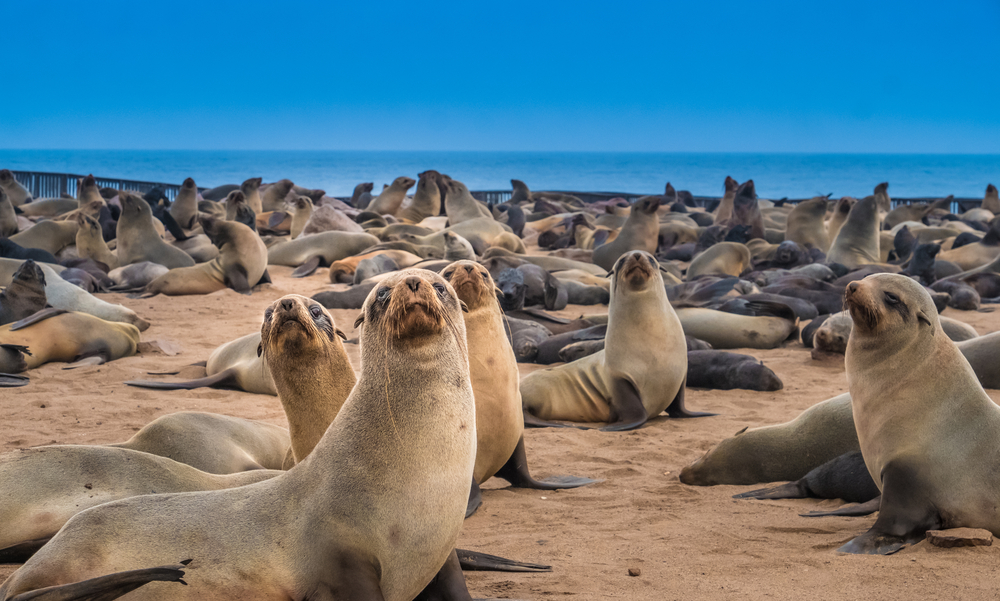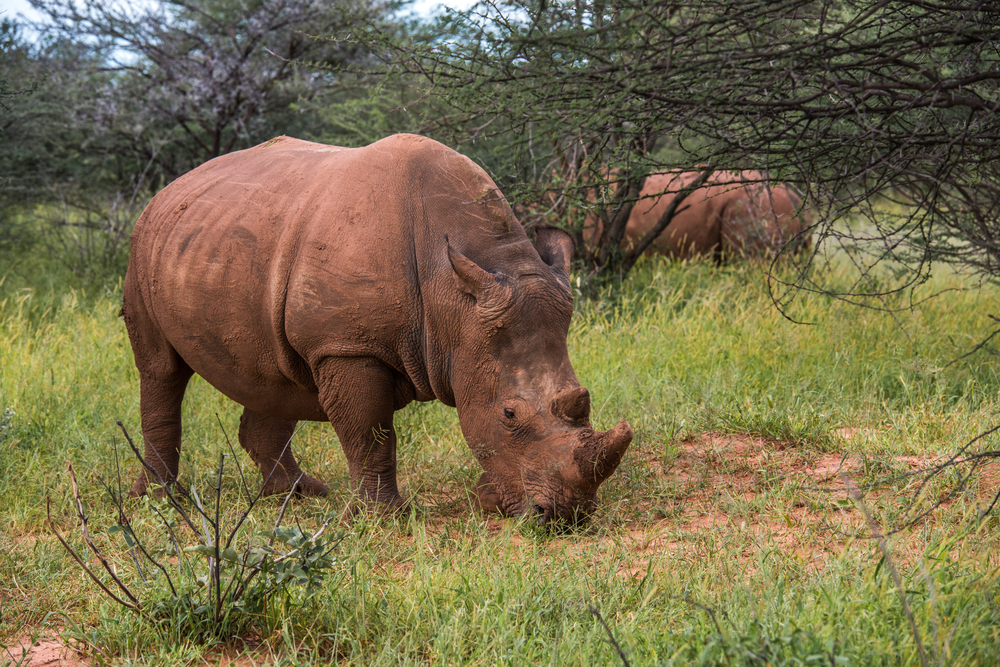Namibia is renowned for its vast and diverse landscapes, and its national parks are a testament to the country’s commitment to conservation. These parks protect some of the most iconic ecosystems in southern Africa, ranging from towering dunes and rugged mountains to expansive savannas and wetlands. Namibia’s national parks are not only vital for preserving the country’s biodiversity but also play a key role in supporting eco-tourism, which contributes significantly to the local economy and conservation efforts.
One of the most famous national parks in Namibia is Etosha National Park, a wildlife haven in the northern part of the country. Spanning over 22,000 square kilometers, Etosha is centered around the Etosha Pan, a vast salt flat that transforms into a shallow lake during the rainy season. The park is home to a wide array of wildlife, including elephants, lions, leopards, rhinos, and giraffes, making it a top destination for wildlife enthusiasts and photographers. Etosha’s numerous waterholes provide excellent opportunities for observing animals in their natural habitats, particularly during the dry season when they gather to drink.
Another notable park is Namib-Naukluft National Park, located in the country’s southwestern region. Covering parts of the Namib Desert, this park is famous for its dramatic landscapes, including the towering red dunes of Sossusvlei, some of the highest in the world. The park also encompasses rugged mountain ranges, gravel plains, and unique desert-adapted wildlife such as oryx, springbok, and ostriches. Visitors flock to Namib-Naukluft to experience its surreal scenery, hike through its iconic dunes, and witness its remarkable desert ecosystems.
Skeleton Coast National Park, situated along Namibia’s northern coastline, offers a stark and haunting beauty. Known for its shipwrecks and desolate beaches, the park features foggy coastal plains, roaring sand dunes, and rocky outcrops. Despite its harsh environment, the Skeleton Coast supports a surprising array of wildlife, including seals, hyenas, and jackals, as well as migratory birds. The park’s remote and rugged allure attracts adventurers seeking to explore its unique landscapes.
Namibia’s national parks face conservation challenges such as poaching, climate change, and human-wildlife conflict, particularly in areas bordering communities. However, the country has achieved notable successes, including its community-based conservation programs, which empower local people to manage and benefit from natural resources. These initiatives have led to an increase in wildlife populations, particularly for species like black rhinos and desert-adapted elephants. Namibia’s commitment to sustainable tourism and habitat restoration further strengthens its conservation efforts.
The national parks of Namibia are a cornerstone of the country’s environmental and cultural heritage. They protect its unique ecosystems and iconic wildlife while offering unforgettable experiences for visitors. Through continued conservation and sustainable practices, Namibia’s national parks will remain vital havens for biodiversity and a source of inspiration for generations to come.










































































